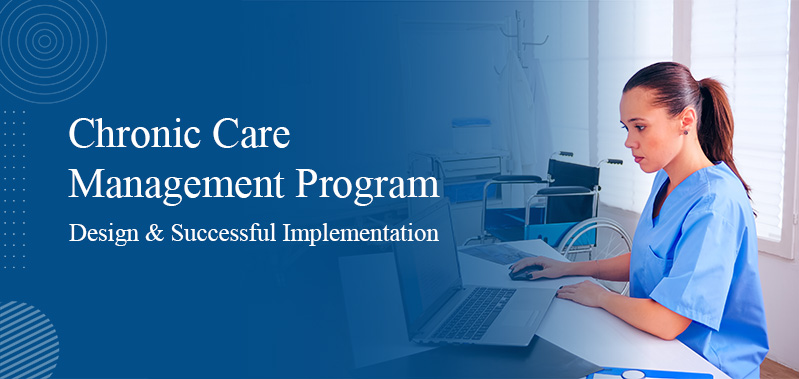
Top 7 HIPAA Compliance Checklist for 2024
HIPAA stands for Health Insurance Portability and Accountability Act, which has set a standard for healthcare organizations and professionals to secure and protect patients' sensitive health information or PHI. Non-compliance with HIPAA standards doesn't just cost thousands of dollars; it’s beyond this. This causes severe legal consequences and prominently damages the reputation of the healthcare institution. This shakes off patient’s trust and confidence in your place’s healthcare. This is why healthcare organizations should be aware of the HIPAA compliance checklist.
You might have also wondered how to perform a HIPAA risk assessment in 2024, so we bring this guide to help you follow the top 7 HIPAA compliance checklists to protect your organization from frustrating and costly mistakes.
What is HIPAA Compliance?
HIPAA compliance is the adherence to security and privacy standards defined by the Health Insurance Portability and Accountability Act (HIPAA). This ensures the safeguarding of patients' sensitive health information, known as PHI, within digital healthcare records. Maintaining compliance requires continuous efforts from cybersecurity and IT teams to uphold robust network security.
Entities obligated to comply with HIPAA regulations include covered entities, such as healthcare providers, health plans, and healthcare clearinghouses, spanning hospitals, clinics, pharmacies, and health insurance companies. Additionally, business associates must adhere to these standards, like IT vendors, billing companies, and transcription services. Subcontractors of business associates handling PHI are also subject to HIPAA regulations.
PHI contains crucial health details, and its exposure could lead to severe consequences like fraud, privacy breaches, and identity theft. Protecting PHI is vital to upholding patients' rights and maintaining trust in the healthcare system.
Compliance is not only a legal requirement but also beneficial for companies as of 2023, with potential penalties reaching $68,928 for a single violation or up to $2,000,000 for unaddressed violations.
HIPAA Compliance Checklist for 2024
So, here we have enlisted the quick checklist to comply with HIPAA and help your organization understand what steps it should take.
1. Complete Understanding of HIPAA Rule
Achieving HIPAA compliance requires a comprehensive understanding of its goals, including confidentiality, patient data access rights, and patient empowerment. Organizations must adhere to five rules: Privacy, Security, Breach Notification, Omnibus, and HITECH Act, each playing a crucial role in compliance, necessitating careful consideration for specific organizational requirements.
2. Perform Risk Analysis
Before establishing a HIPAA compliance program, a crucial initial step is a comprehensive risk analysis. It identifies potential compromises to PHI, assesses likelihood and impact, and determines necessary precautions for effective risk mitigation, essential for tailored compliance programs.
3. Develop a Compliance Plan
Develop a tailored compliance plan by creating policies and procedures aligned with your organization's needs. Include a description of HIPAA rule compliance, designate a compliance liaison, and establish a schedule for implementation, violation handling, and periodic plan reviews.
4. Establish Accountability
Accountability in your organization entails ensuring awareness and responsibility among those required to comply. To establish this, clarify responsibilities, implement clear policies, conduct regular HIPAA training, monitor compliance continuously, and be prepared to take corrective and disciplinary actions for repeated rule violations.
6. Prevent HIPAA Violation
In healthcare, potential HIPAA violations include unauthorized access to PHI, where staff accesses patient records without justification. Another risk is the improper use or disclosure of PHI when staff improperly shares patient information. Failure to secure PHI, like inadequate encryption, poses a threat, demanding organizations to assess data security and prevent violations.
7. Employee Training and Development
Ensuring continuous compliance with evolving HIPAA regulations requires a robust employee training program. Develop informative materials elucidating HIPAA regulations and individual responsibilities, conduct workshops on privacy requirements and best practices for handling Protected Health Information (PHI), provide practical training on secure procedures, monitor completion, and offer regular refresher sessions to keep employees updated on changes in HIPAA regulations.
How To Perform A HIPAA Risk Assessment In 2024
Performing a HIPAA risk assessment in 2024 remains a critical task for healthcare organizations to ensure patient health information's confidentiality, integrity, and availability. The evolving landscape of technology and healthcare practices necessitates a comprehensive approach to identify and mitigate potential risks.
To initiate a HIPAA risk assessment, organizations should first understand the current regulatory landscape and any recent updates to the HIPAA rules. This includes staying informed about changes in technology, emerging threats, and best practices for data security in healthcare.
The assessment process thoroughly examines how patient health information (PHI) is handled across the organization. This includes identifying vulnerabilities in electronic systems, physical safeguards, administrative processes, and employee practices. The assessment should cover unauthorized access, data breaches, encryption practices, and any gaps in policies and procedures.
Engaging stakeholders from various departments, including IT, legal, compliance, and healthcare professionals, is crucial to obtaining a holistic view of potential risks. Organizations must also ensure that their risk assessment is tailored to their specific operational environment, considering the unique challenges and technologies they employ.
Once risks are identified, organizations must prioritize and develop strategies to mitigate these risks effectively. This may involve implementing encryption technologies, enhancing access controls, providing ongoing staff training, and regularly updating policies and procedures.
In conclusion, the most asked question is how to perform a HIPAA risk assessment in 2024. However, the process is dynamic and collaborative, adapting to the evolving healthcare landscape and technological advancements. By staying vigilant, organizations can uphold their commitment to safeguarding patient information and maintaining compliance with HIPAA regulations.





